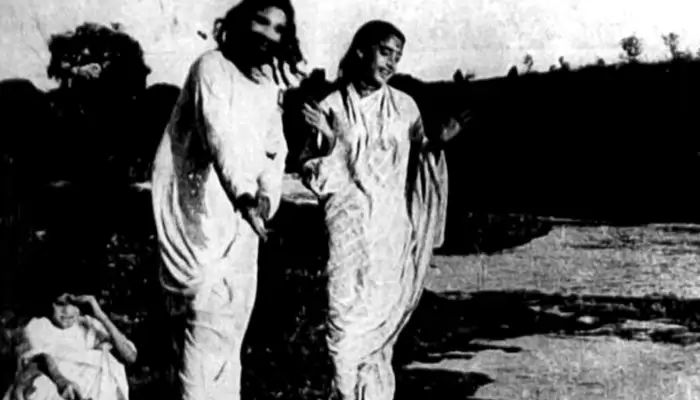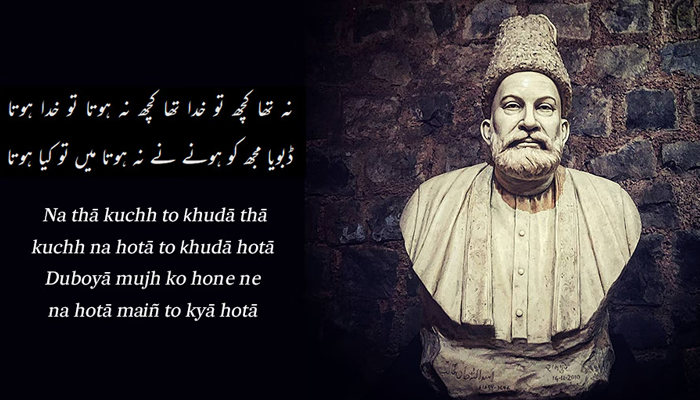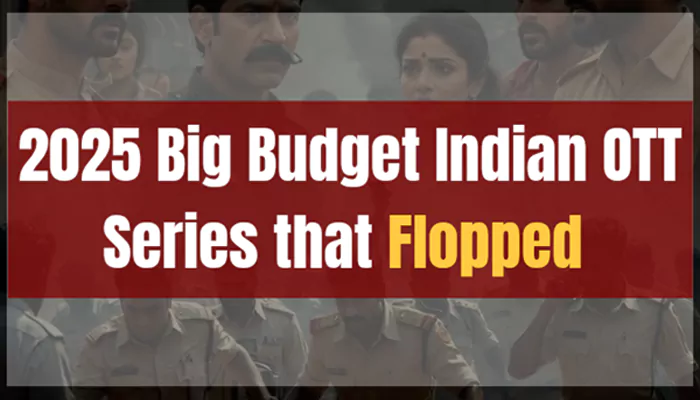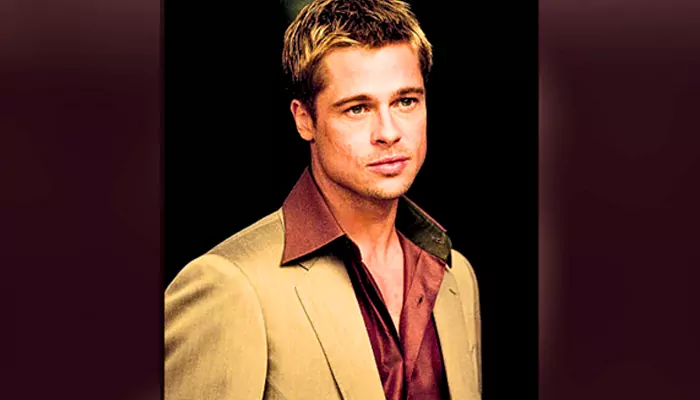Dadasaheb Phalke's Death Anniversary: The "Father Of Indian Cinema" Didn't Actually Make The First Indian Film
- Sayan Paul
- 10 months ago
- 4 minutes read

Dadasaheb Phalke's 1913 silent film, 'Raja Harishchandra', is widely considered the "first full-length Indian feature film".
Indian cinema is making waves globally today, whether at the box office or the prestigious international film festivals. But you know, every great journey has a beginning - and Indian cinema's origin story itself feels like a blockbuster film. It all started with a simple man who had extraordinary dreams. No prize for guessing, it's Dadasaheb Phalke we are talking about - known as "the Father of Indian cinema".
Dadasaheb Phalke made India's first full-length feature film, 'Raja Harishchandra' in 1913, and went on to produce 94 feature-length films and 27 short films in his career, spanning 19 years until 1937. And more than just a personal achievement, Phalke’s work was a gift to India and its culture—he gave the nation its own cinematic identity, paving the way for an industry that would go on to shape the world of 'entertainment'. As his grandson Shri Chandrashekhar Pusalkar said, "Dada Saheb Phalke was the visionary who propagated ‘Make in India’ and brought 'Aatma Nirbhartha' to the Indian cinema sector. In his films, he always used local artists and propagated the inclusion of indigenous locations and technical support which were indigenously available. As a result of Dada Saheb’s persistence, vision, and patriotism, the Indian cinema industry is standing high today."
Dhundiraj Govind Phalke ( Dadasaheb Phalke),The Father of Indian Cinema.
— indianhistorypics (@IndiaHistorypic) April 9, 2019
In 1913 He Produced and Directed India's First Movie 'Raja Harishchandra' pic.twitter.com/9RNAUrVqYb
(Credit: indianhistorypics)
But was 'Raja Harishchandra' really the FIRST Indian film? Today, on Phalke's 81st death anniversary, let's discuss that.
Dadasaheb Phalke - The "Father of Indian Cinema" - Didn't Actually Make The First Indian Film
While 'Raja Harishchandra' is widely recognized as the first full-length Indian feature film, it's not really the first Indian film.
The film premiered at the Olympia Theatre, Bombay, on April 21, 1913, and had its theatrical release on May 3, 1913, at the Coronation Cinematograph and Variety Hall, Girgaon. However, almost a year before that - on May 18, 1912 - Dadasaheb Torne's silent film 'Shree Pundalik' was released theatrically.

A still from 'Raja Harishchandra'
Hence, as far as the "first Indian film" title is concerned, it goes to 'Shree Pundalik' and not 'Raja Harishchandra'.
Why 'Shree Pundalik' Isn't As Celebrated As 'Raja Harishchandra'
The Government of India recognizes 'Raja Harishchandra' as the first Indian feature film. And here comes a question: why is 'Shree Pundalik' neglected here? (In Akshay Kumar's words, "Ye Bhedbhaav Kyun?"). Well, it's quite an age-old debate actually.
Several film critics and historians, such as Firoze Rangoonwalla, Arnab Jan Deka, and Sanjit Narwekar considered 'Shree Pundalik' as the first Indian film, and hence Dadasaheb Torne as the "father of Indian cinema". Arnab Jan Deka published a research paper, titled 'Bharatiya Chalachitrar Janak Bhatawdekar are Torne', in the daily newspaper Dainik Asam, which delves deep into this. Several books, especially 'A Pictorial History of Indian Cinema and Marathi Cinema: In Perspective' also support this perspective.
India's first film Shree Pundalik, directed by Dadasaheb Torne, was released #onthisday in 1912 pic.twitter.com/zXBpbZYFSz
— Newsflicks (@newsflicks) May 18, 2016
(Credit: Newsflicks)
However, most people (particularly scholars) oppose this perspective, stating that 'Raja Harishchandra' is more deserving of the title of the first Indian film. It's simply because 'Shree Pundalik' was a photographic recording of a Marathi film, hence technically not a 'film'. Also, although shot in India, its cameraperson (DOP) was British, and its reels were processed in London.
Released in 1912 @ Coronation Cinematograph,Mumbai,Shree Pundalik is recog as 1st feature-length Indian film#Marathi pic.twitter.com/yhZghVz8Ct
— Mumbai Heritage (@mumbaiheritage) April 7, 2015
(Credit: Mumbai Heritage)
It's worth noting that the 22-minute long 'Shree Pundalik' was released at the Coronation Cinematograph, Girgaon, and ran for two weeks.












